Mango
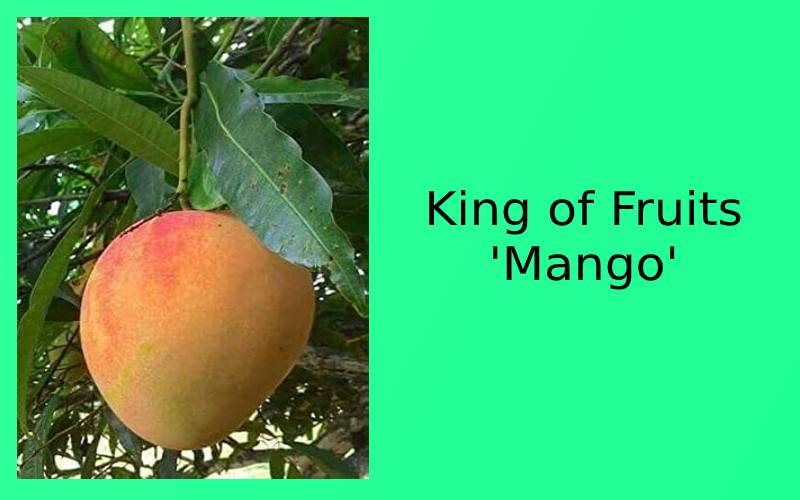
The very word Mango would immediately bring to our mind the mythological character namely Vinayaka. Why so? An interesting tale familiar to many is how Vinayaka the elephant-faced god won a challenge using his brain though not as agile in moving as his little brother Lord Muruga. When the family was relaxing together, Sage Narada, the mischief-monger, appears with an enticing fruit mango and offers it to them, saying only one should have it as a whole and sharing was not allowed. As usual putting the parents in a fix the sage retires happily having done his job of creating a difficult situation.
To solve the problem, Father Shiva makes a deal. He says that whoever of the two comes first after circumambulation of the world would be eligible to have the fruit. The little Muruga in his excitement hurriedly sat on his Vahana, the peacock and flew away feeling very certain of his victory. Lord Vinayaka after pondering for a while slowly got up and walked around his parents stating that the parents were equal to the world and what he did was as good as going round the world in the true sense. Carried away by his logic the mango was given to him.
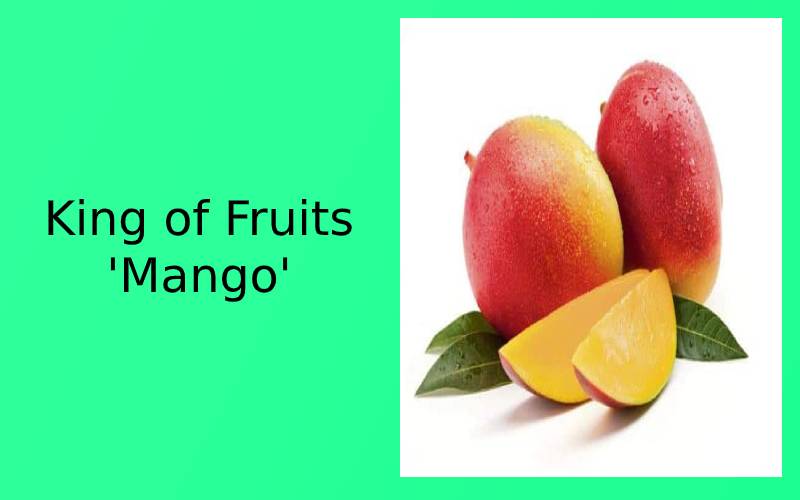
By now the little brother arrives only to see Vinayaka already with the fruit. Muruga who is infuriated, leaves all immediately. This story teaches us two aspects one being that discretion is better than valour and secondly to think and act intelligently is more beneficial. This message is handed over to people in India from time in memorial which is why India is ahead of all countries in growing mango. One interesting aspect of the king of fruits, mangoes, is that it had a vital role in the coming up of Pazhani temple which gives solace and peace to crores and crores of people.
Yet another story that again deals with the role of mango in the lives of people but in a different mood wherein yielding, plays a pivotal role. A lady who later came to be worshiped as Karaikal Ammaiyar was very much devoted to Shiva. To test her sincerity Lord Shiva Himself appeared as a mendicant seeking alms. The lady of the house who knew not to say no to anybody obliged him with a mango.
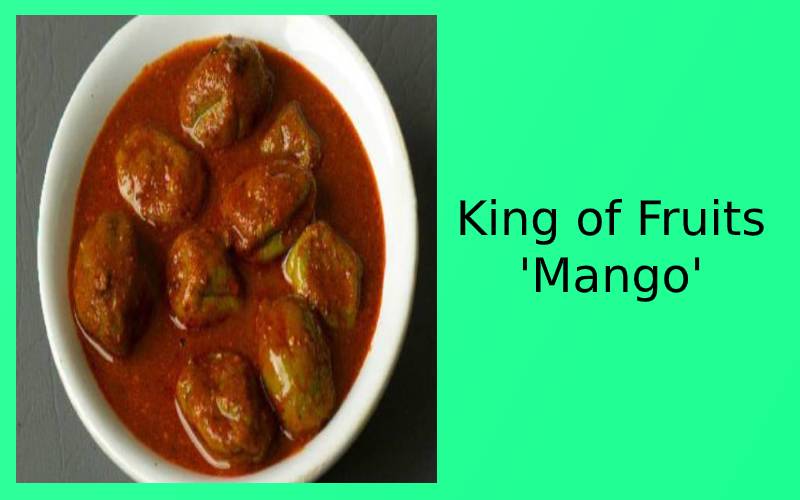
Here commenced the problem. The lady’s husband while having his meals asked for the mango that he had sent erstwhile ago. He felt the mango so very tasteful that he asked for the second one. The baffled lady sought for help at the feet of Lord Siva who immediately granted her another fruit. Finding this tastier still he queried her the reason for this. The helpless lady revealed the truth as Lord Shiva gave her the fruit. The man who could not believe this wanted proof.
Immediately seeking the help of Shiva, the lady could prove her honesty as well as her devotion to god. Being wary of her godliness, the man secretly left his wife to get married to a person of normal activity. He got settled with such a person of his choice for good. The lady who was awaiting the return of her husband in vain came to know of his marriage and went in search of him. The husband who saw her immediately called his wife. He along with her fell at the feet of his former wife seeking pardon and expressing his incapacity to live with a wife above par and sincerely devoted to god. 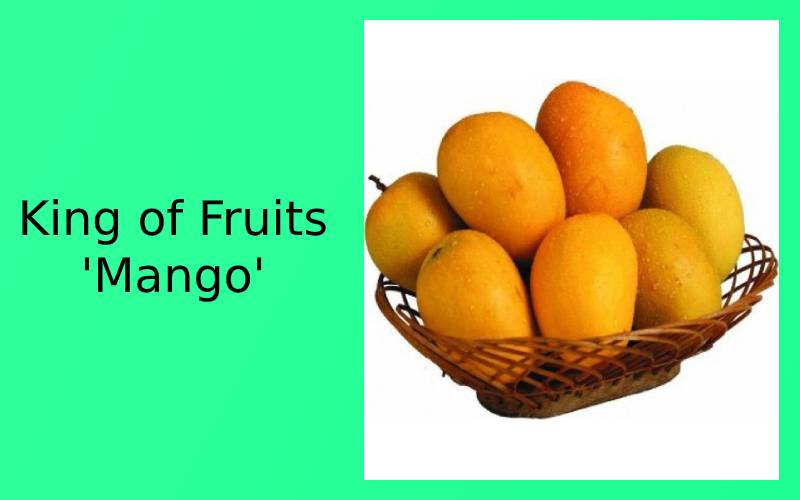
Choosing to walk in the path of attainment, she walked endlessly till she reached a stage when she was just bones sans flesh. Satisfied with her tremendous effort, Lord Siva accepted her, relieving her of mundane life. To this day in the city in Karaikal in South India huge celebration of throwing and flinging loads of mangoes from the terrace of buildings take place. Those who are fortunate enough to catch a mango is believed to have his wish fulfilled.
A third episode by which mango has its familiarity and fame is again drawn from mythology. Frequently visited by crores of people is the holy place Maangadu. This again is a story from Shiva Purana. It is a story that begins happily but ends with observing penance. This is about Parvathy who playfully closes the eyes of Shiva from behind. Shiva hurriedly gets released and chastises Parvathy for her thoughtless act. He tells her when his eyes are closed the entire universe would come to a standstill. In his fits of anger, he was not ready to accept her pleadings to forgive her. She went in search of a suitable place to do penance and arrived at a thickly grown forest of mango trees. She started her penance there and the story continues.
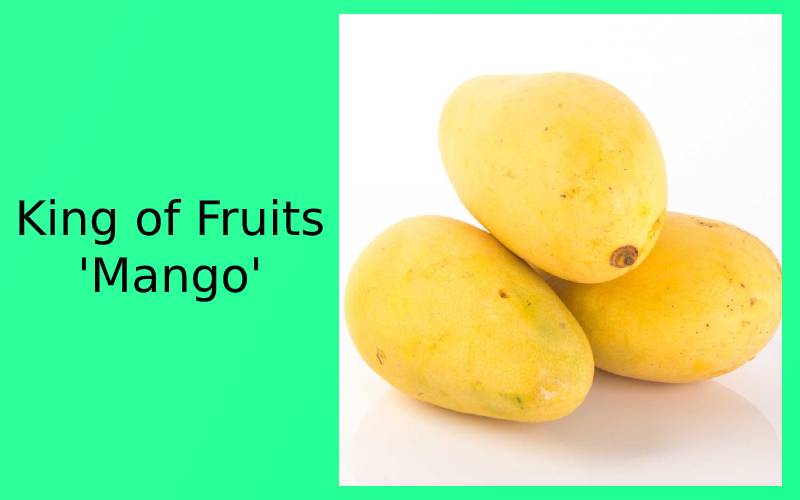
Parvathy made a penance of great task there and the forest came to be known as Maangadu meaning ‘Mango Forest’.
Mango is such a lively fruit that it never fails to attract the lovers of this fruit anywhere in the world. It surpasses all countries with its unique flavour, colour, size and texture, variety, and other uses as medical, health, demand, and appeal to taste above all. Be it a king or emperor, our king of fruits has cowed them all. This fruit is coveted by one and all as it has so many varieties that one cannot deny its place among ever so many victuals available in plenty. Though much effort has been put in growing mango tree the non-availability of the climatic condition and suitable soil is deterrent to them. The fruit appeals with its various qualities such us inviting smell, attractive colour, juicy pulp, different taste invariably to all, starting from kids to any age group. It is beneficial to all in any form from tender leaves to ripe fruits.
After going through the various features, one is sure to be reminded of the most common Tamil rhyme that usually appears during school times.
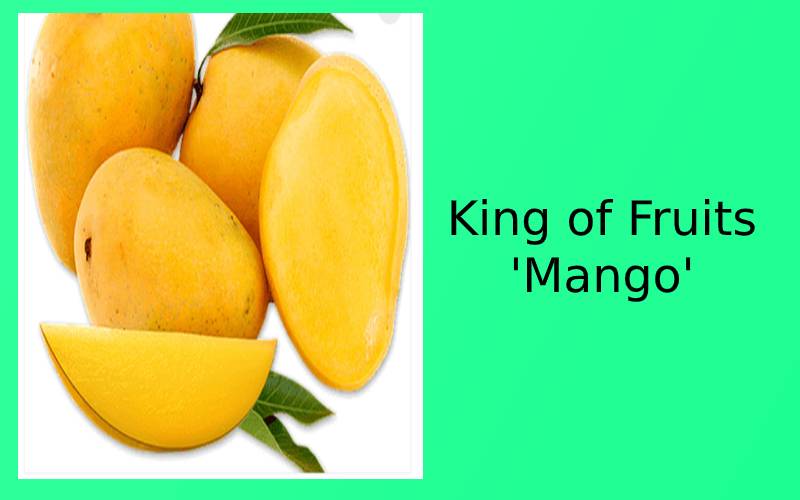
The youngsters love to steal from the neighbours’ farm and enjoy the fun of being chased away. The lovers delve in comparing the qualities of the partner with mango. The older people peel away the outer skin and eat without messing up. Finally, the toothless elderly people refusing to deny their share have the juicy part. These are the proofs to show how mango is attractive to different age group.
Mangoes take four to six months to ripen. Its appeal to taste varies as sour, about to ripe, ripe ones, and so on. Its flavour too varies simultaneously depending upon the secretion of a few chemical oil. The very tiny ones are called Maavadu and they are soaked as such and seasoned with turmeric, red-chilly powder, salt, mild preservatives and are well sealed in air tight containers so that they can be used for the next year too.
Unlike the other mangoes, there are some which are sliced and cut into small pieces to prepare pickles using turmeric, salt, chilly powder, asafoetida, and garnished with sesame seeds. School children take a liking to long strips of raw mango which they dip in salt and chilly powder. Its sour taste causes them have monkey face till the juice goes through their gullet. The teeth undergo a tickling sensation. But this is a stage in their life which they would recollect fondly later.
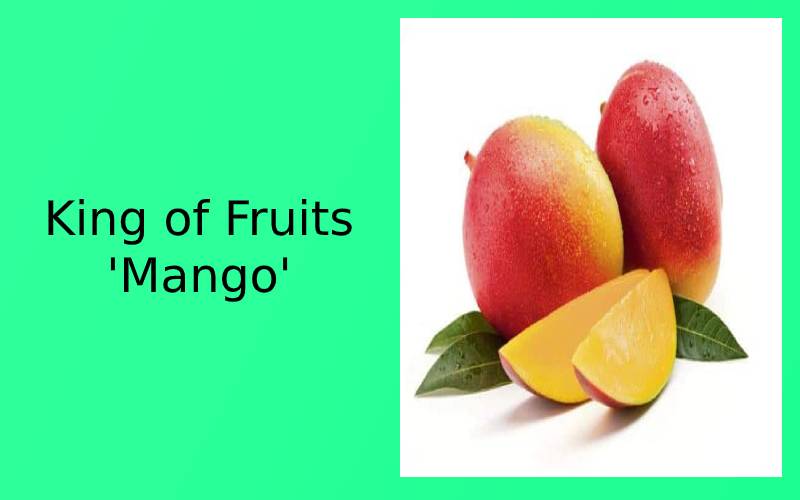
The excess mangoes are cleaned and washed and dried with salt for later use when mangoes go out of season. A rare delicacy is prepared with jaggery and chilly powder mixed using green chillies and salt with asafoetida. All these preparations serve as good digestive products. The other usage is preparing juice using ingredients in proper proportion which can be stored for later use. Precaution is taken to avoid a pungent white serum formation at the top portion of the fruit as it would harm the tongue or the portion around lips. Even mango rice is used as change from routine menu. Other mouth-watering delicacies are mango pachadi, avakkai pickle and many more.
Finally, we arrive at the use of the other portions of a mango tree. There are hybrid varieties that live for a short period when compared to the regular tree that lives long and some up to even 300 years. A well grown tree gives shade and does not need much care. A mango tree and all its parts are considered auspicious by the believers and others consider it as providing good health and cherish it as nature’s best gift. Its various colours like green, yellow, and golden shade spread positive vibration. The leaves are often used to ward off evil elements, it is a feast to eyes to see the changing colours of the leaves from light pink to dark green. They are compulsorily used to symbolise good functions at home like marriages. Even the dried leaves are considered to be of use. Above all these uses, we need to mention the strong trunk are used to make cots, furniture, and other fancy articles as they can bear the sun and shower with no damage.
The mango tops the trio fruits namely ma, pala, vazhai (Mango, Jackfruit, and Banana) which pilot the arrival of good features. Each tree has its own significance and suitable for worship. Three superseded all others however strong or valuable they be. It is not that mango is grown in India alone. The neighbouring countries also grow it. But the speciality of the Indian mangoes is its various aspects which are beyond Ken. Each state is proud of its contribution as Aapus, Malgova, Alfonso, Banganapalli etc. There are about 500 varieties inclusive of the neighbouring countries. A tree in Kancheepuram is considered divine and it yields three sorts of mangoes in the same tree, another tree yields only one fruit at a time and is considered holy. The tiny leaves in the initial stage, khozhunthu maa Ilai has found its way to enchant women to prefer sarees of these colours.
I cannot but make reference to the avarice nature of man who mercilessly uses harmful chemicals as fertilisers and to hasten the ripening process of fruits to make quick money unmindful of the havoc caused not only to the plants but also those who consume them. We wish that such unholy practices come to an end, if not the entire generation would come to a halt.
NEXT ARTICLE